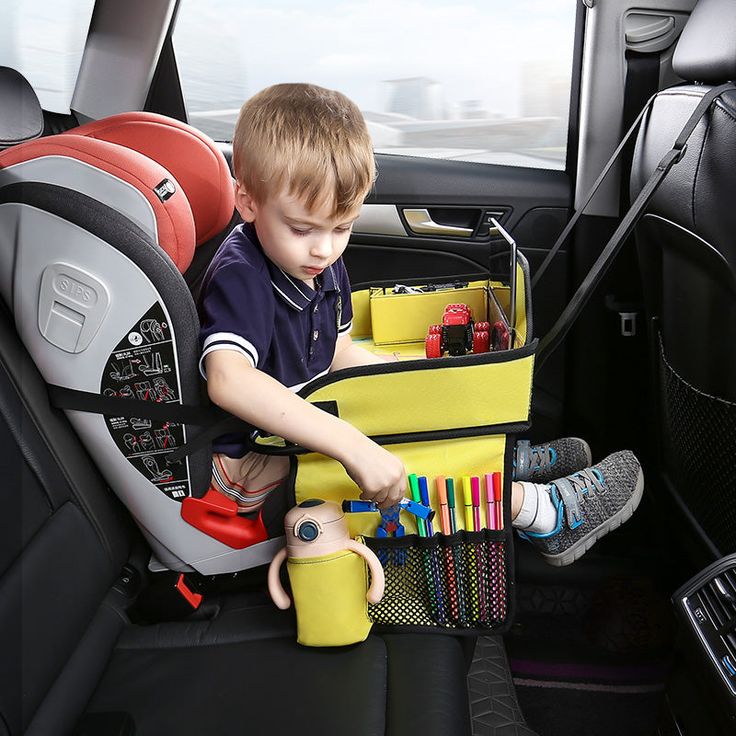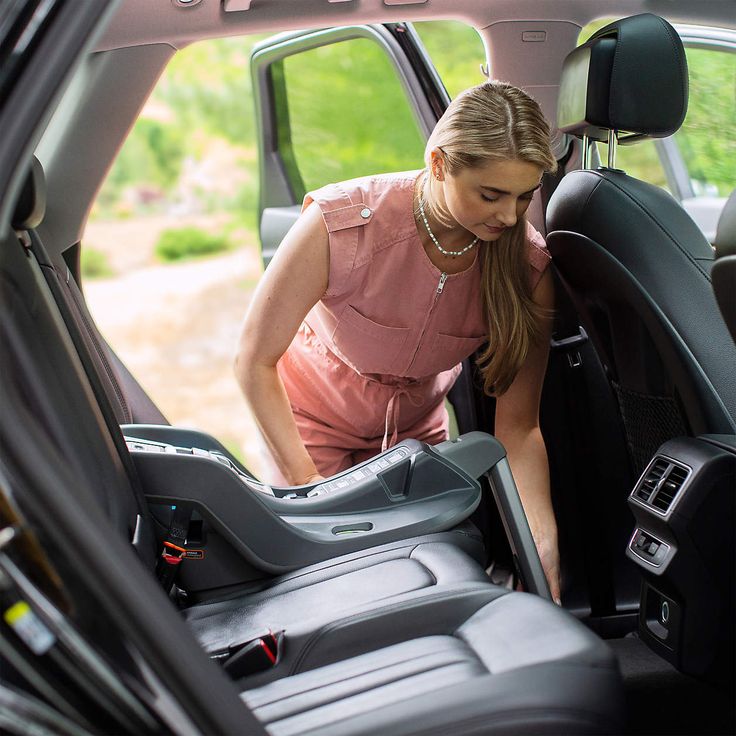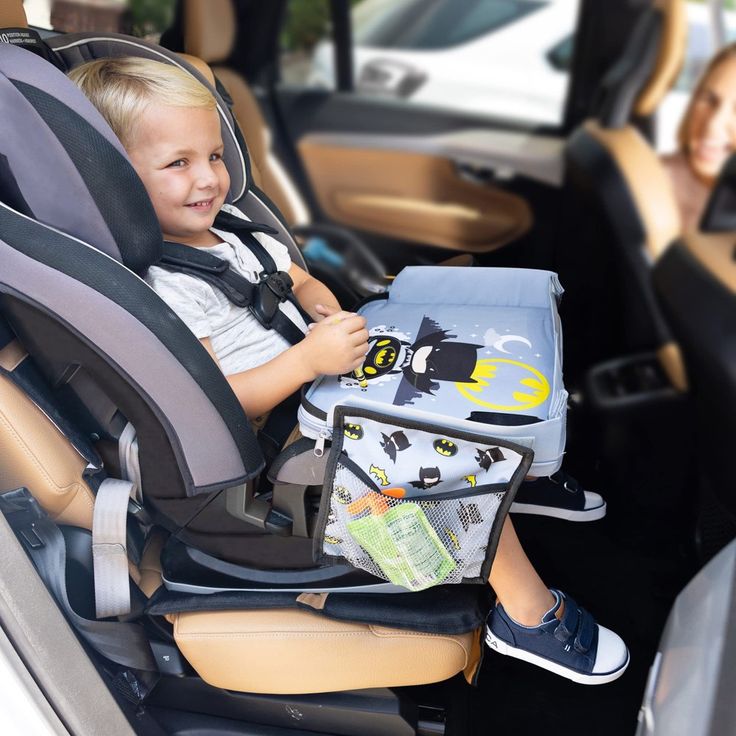Introduction
When it comes to the safety of our children during travel, no parent is willing to take any chances. In recent years, foldable car seats have emerged as a popular alternative to traditional car seats, thanks to their convenience and portability. But with innovation comes scrutiny. Are these foldable car seats as safe as their non-foldable counterparts? This article will explore various aspects of foldable car seats for children, examining their safety features, compliance standards, real-world usage, and expert recommendations.
Understanding Foldable Car Seats: What Parents Need to Know
Foldable car seats offer the distinct advantage of portability and ease of storage. These seats can be compacted, allowing parents to stow them in smaller spaces when not in use, making them ideal for families on the go. However, understanding the functionalities involved is crucial. Most foldable car seats convert easily, allowing for quick adjustments or transportation, thus catering to families who frequently travel or use multiple vehicles.
Generally, these seats are designed to meet federal safety standards, but the quality can vary significantly among different brands and models. Not all foldable car seats are equal creations; some may lack essential safety features that are standard in traditional car seats, like reinforced frames, robust harness systems, and adequate side-impact protection. Before purchasing a foldable model, parents must research and assess the different options available to ensure they pick a seat that doesn’t compromise safety for convenience.
Moreover, it’s imperative to constantly verify that any foldable car seat you consider meets or exceeds the guidelines established by the National Highway Traffic Safety Administration (NHTSA). Checking for certifications and crash test results can help you ensure that your chosen model is genuinely safe for your child.

Safety Evaluations: How Foldable Car Seats Perform in Crash Tests
One of the primary concerns surrounding foldable car seats is their performance in crash tests. Industry watchdogs and safety organizations such as the NHTSA conduct rigorous assessments on car seats, evaluating their effectiveness in real-world scenario simulations. These assessments often focus on the seat’s structure, harness system, and the extent to which they mitigate the impact on a child’s body in various crash scenarios.
Interestingly, many foldable car seats pass safety standards and perform comparatively well in crash tests. Some models feature a sturdy and reliable base that securely locks into the vehicle, while others come equipped with additional safety features, such as energy-absorbing foam, that can offer enhanced protection in the event of a collision. However, some foldable variations may not provide the same level of impact protection as non-foldable car seats. The differences often hinge on the design and material used; if the foldable seat is engineered using inferior quality materials, it may not hold up as well during high-impact situations.
To make an informed decision, parents are advised to consult safety ratings from resources like the IIHS (Insurance Institute for Highway Safety) or NHTSA. These entities provide valuable insights and rankings that help consumers understand which seats perform best under crash conditions. If you’re contemplating a foldable car seat, seek models that have received commendable ratings for safety and reliability—while ensuring it meets your child’s specific needs.
Convenience vs. Safety: Weighing Your Options
In today’s fast-paced society, convenience often holds considerable weight. Parents are busier than ever juggling work, family activities, errands, and everything in between. Thus, the allure of foldable car seats, which can easily be collapsed and transported, is very appealing. However, the question remains whether such convenience offers peace of mind in terms of safety.
While certain foldable models boast user-friendly designs, ease of use should not overshadow safety considerations. Folding mechanisms should be intuitive enough to encourage proper installation—a critical aspect that ensures that the seat is positioned securely. Improper installation ranks as one of the leading causes of car seat misuse, potentially compromising your child’s safety.
If you opt for a foldable car seat, seek models with clear, concise installation guidelines, and ideally, support from a customer service team that can assist you if you encounter any difficulties. Engaging in community resources such as local car seat checks can also help; experts can evaluate your installation, ensuring your child’s seat is securely in place, regardless of the model chosen. Remember, convenience should complement safety, not replace it.

Expert Opinions: Recommendations from Child Passenger Safety Technicians
Another crucial aspect in evaluating whether foldable car seats are right for your family involves seeking guidance from professionals within the field of child passenger safety. Child Passenger Safety Technicians (CPSTs) possess specialized training that equips them to educate parents on the safest ways to travel with children. They can provide helpful insights based on real-world applications of various models, including foldable car seats.
Many CPS technicians confirm that high-quality foldable car seats can indeed provide adequate protection, but they stress the significance of ensuring that any choice made aligns with current safety recommendations. For example, convertible seats that do not compromise in construction materials such as reinforced frames often receive higher praise for safety. Furthermore, they are likely to review how easy it is to convert and secure a foldable model, maintaining a protective orientation that best suits the child’s size.
They also highlight an important aspect for parents: the right installation makes a world of difference. A foldable car seat with installation correct might perform exceptionally well but could falter if installed improperly. Many CPSTs offer car seat safety inspections as part of their service, which can be invaluable for parents, particularly those considering foldable options that may require a bit more finesse in their setup and adjustment.
Choosing the Right Foldable Car Seat: What to Look For
When embarking on the journey of selecting a foldable car seat, there are certain features and aspects that can guide your choice toward one that prioritizes safety. Generally, look for seats equipped with robust harness systems. Five-point harnesses that secure at the shoulders, hips, and between the legs are the gold standard for keeping your child restrained effectively during a ride.
Additionally, your chosen foldable car seat should incorporate a reliable mechanism for preventing premature folding during travel, as this could expose your child to safety risks during travel. Materials also play a role. Seats made with high-quality, durable fabrics and cushioned foams not only enhance comfort but also provide essential protection in case of sudden stops or collisions.
Moreover, consider the seat’s longevity. Some models can convert from rear-facing to forward-facing and even transform into booster seats, ensuring that your investment lasts through various stages of your child’s growth.
Lastly, consider practical elements like weight and handling. A lightweight model would be much easier to transfer between vehicles, but it shouldn’t sacrifice sturdiness and build quality for that advantage. Make a checklist of features that you prioritize, and don’t hesitate to consult with other parents or online communities who can share firsthand experiences regarding foldable car seats.

Conclusion: Prioritizing Child Safety in Your Decision
Ultimately, the decision to opt for a foldable car seat should revolve around your child’s safety and comfort. While convenience is undeniably important in our busy lives, it should not come at the cost of compromising safety. Foldable car seats can be a viable option; however, parents must conduct thorough research, consult safety ratings, and consider personal needs to ensure they’re choosing the best fit.
As you discern the myriad options available, remember to consult trusted experts and resources. With informed choices, you can safeguard your children while enjoying the adventure of life’s travels, ensuring safety remains the foremost priority—because when it comes to our children, safety should always come first.